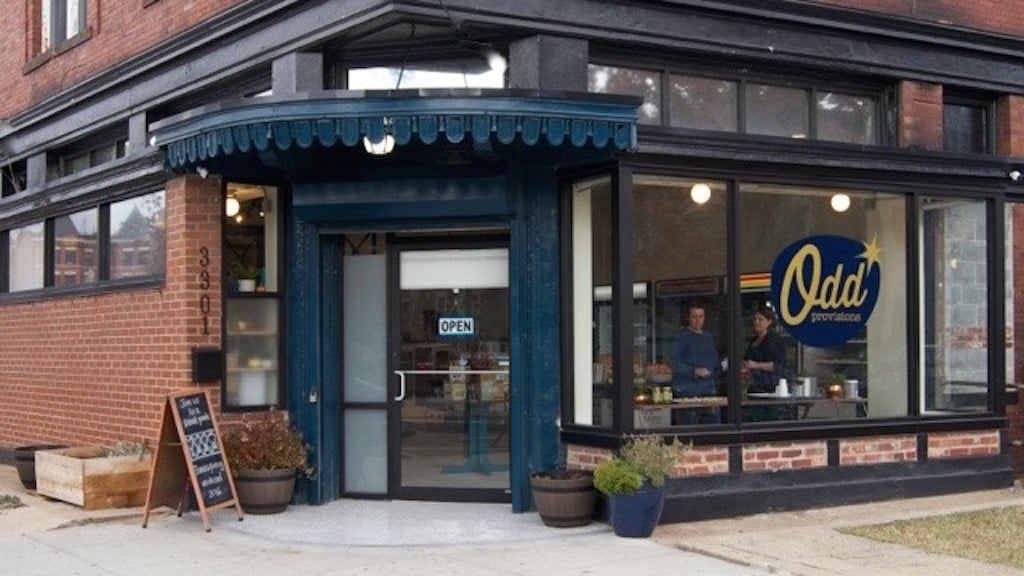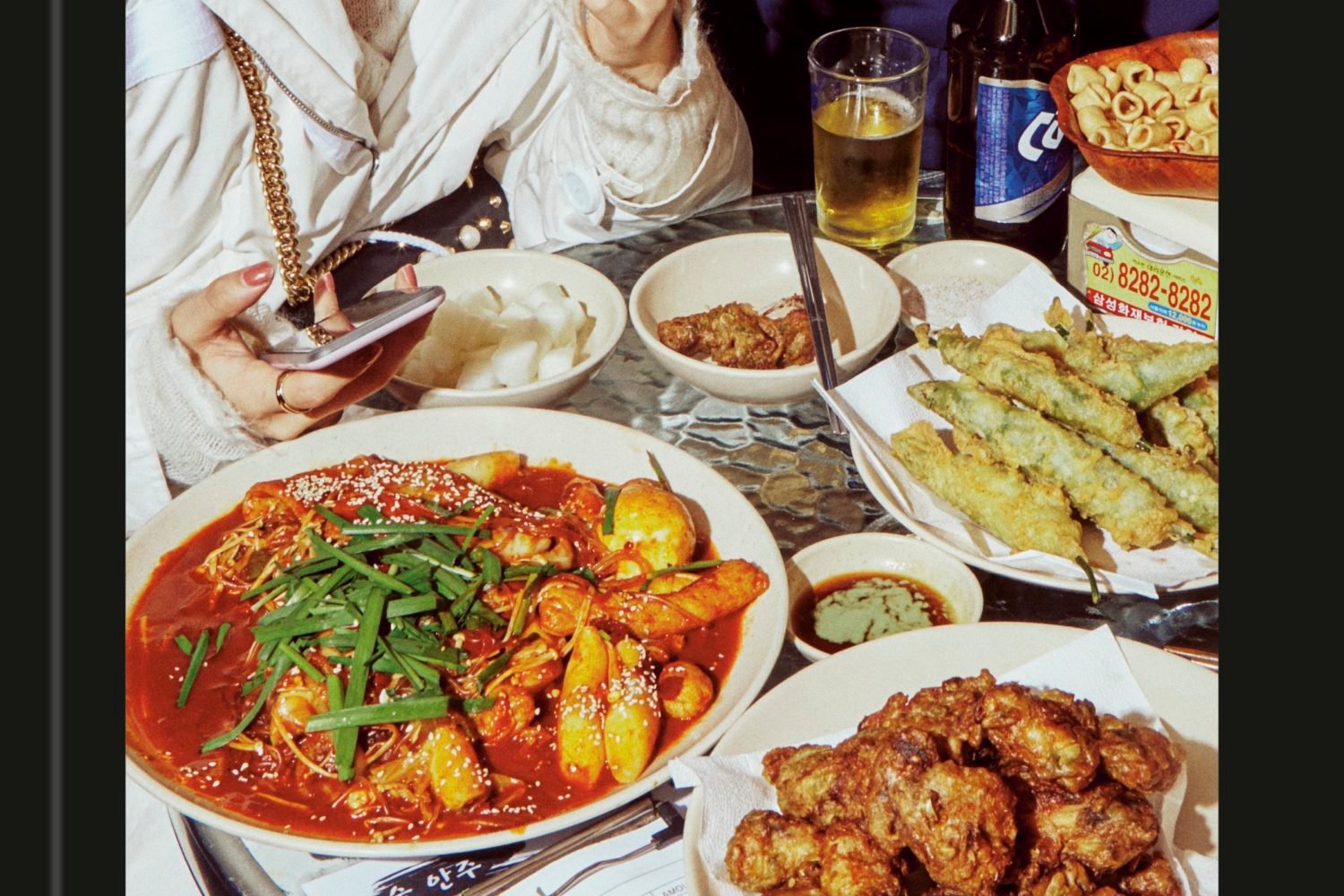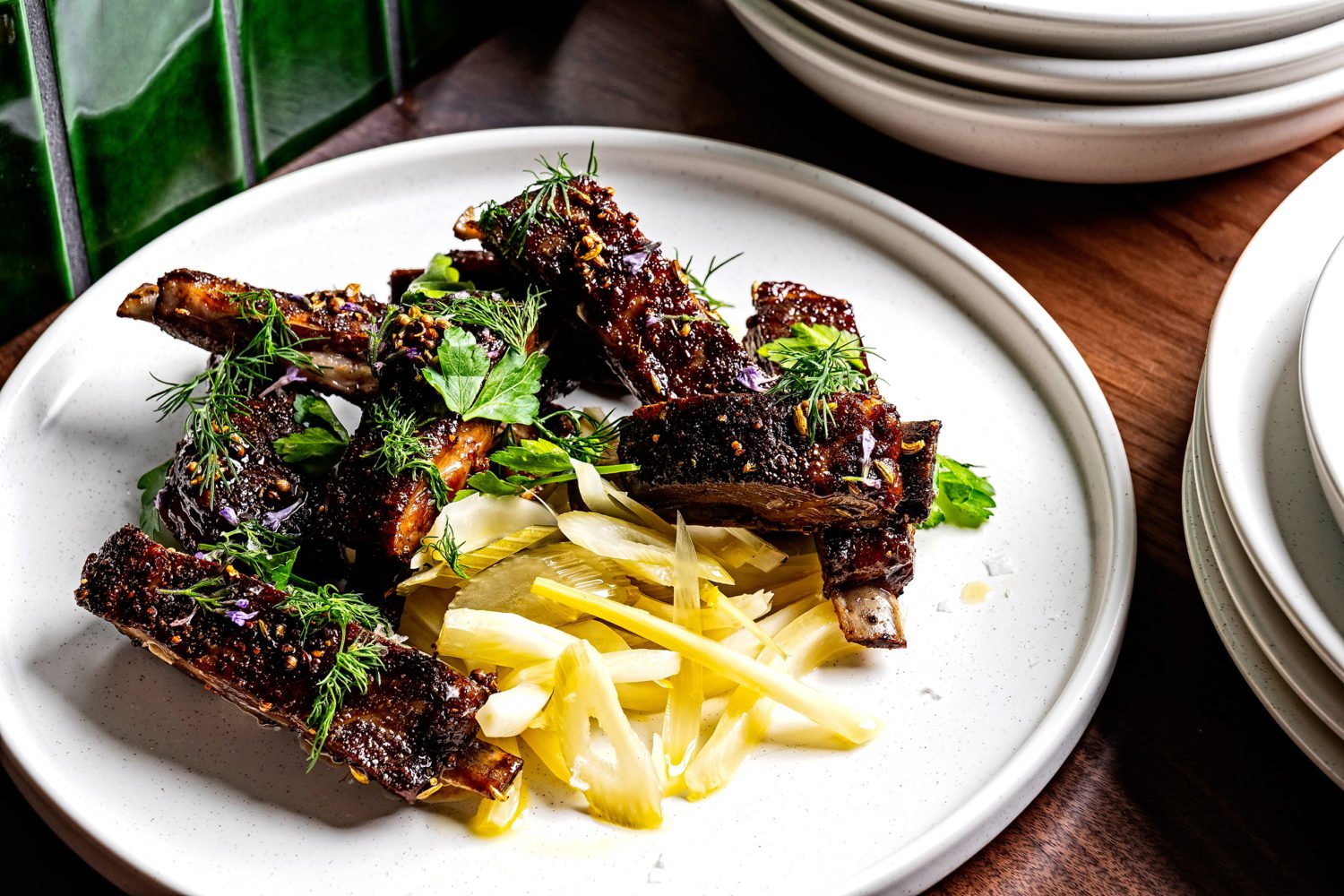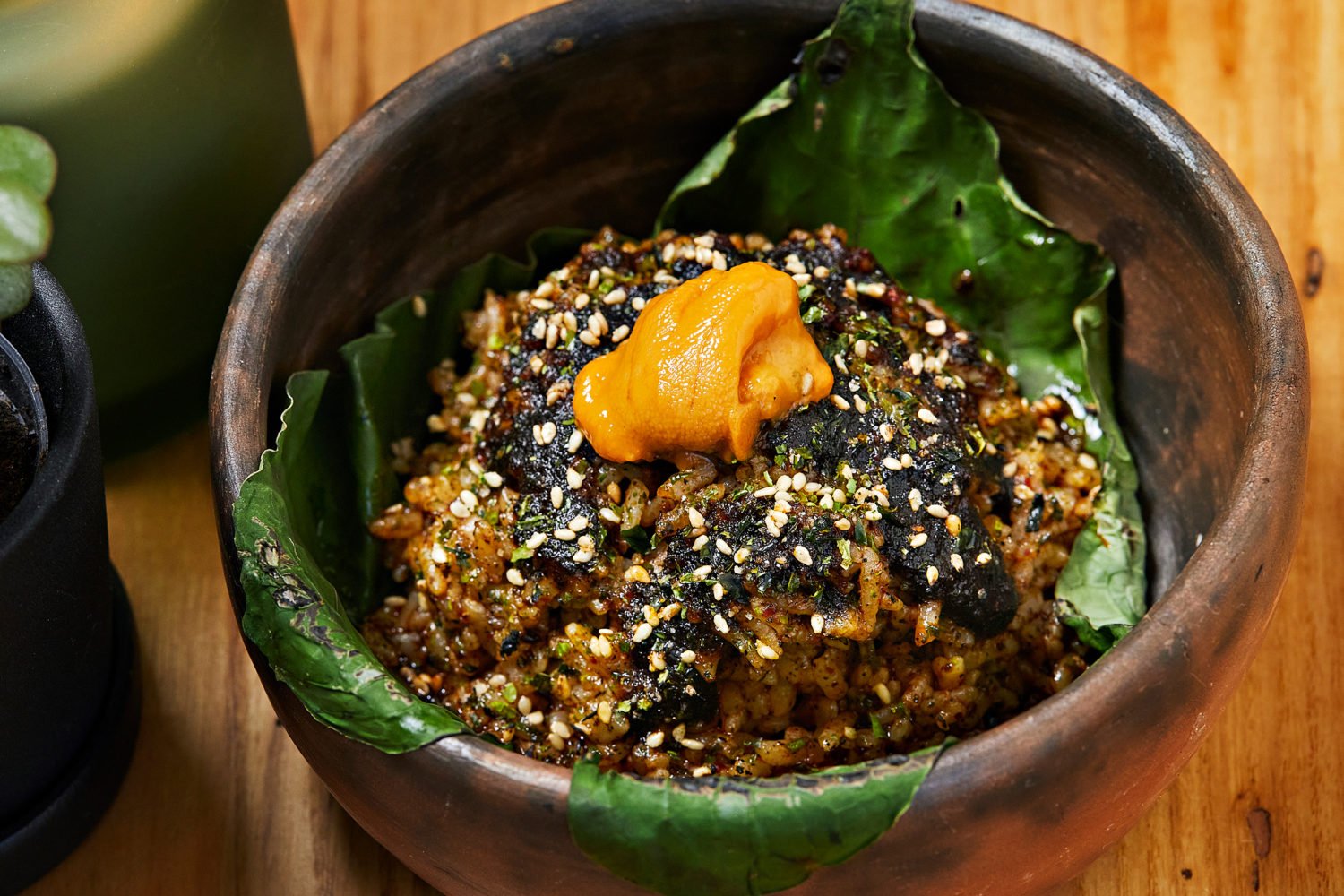
When buying a Champagne or sparkling wine this holiday season, consider disgorgement.
No, that’s not a spam e-mail offering you paradise in bed, but an important phase in making sparkling wines by the traditional Champagne method. These wines undergo a second fermentation in the bottle—the process that gives them the bubbles—and are “disgorged” to remove the yeasts and add a dosage of sweetened wine to finish the overall product. Most fizz producers don’t tell you when the bottle was disgorged.
Should you care?
Yes, especially if you’re buying a nonvintage blend, the style that accounts for most sparkling wine produced in the world, including Champagne. Nonvintage bubblies contain juice from two or three vintages blended to produce a consistent house style, and the label does not specify a vintage year. Veuve Cliquot yellow-label Brut is an example of a popular “NV” (for nonvintage) blend. When you pay $40 for this wine, you would expect it to be as good as the wine you bought last year.But there are two reasons why it won’t be identical. First, even nonvintage blends are subject to vintage variation. A particularly hot, ripe year, such as 2003, will influence the blend differently than a more classically structured vintage such as 2004. Admittedly, this distinction might be noticeable only to people who drink too much Champagne, if that is possible. (I, for one, don’t drink enough.) The major Champagne houses pay their winemakers to make a product so consistent that most people can’t tell the difference.
Another, more important reason to care about the disgorgement date is that you don’t know how long this bottle has been gathering dust in a store window or an overheated warehouse waiting for someone to get a raise, get engaged, have a birthday—or most likely, waiting for New Year’s to roll around again. A recently disgorged wine will be fresher, more lively than one that’s been going stale on a shelf for several years.
Terry Theise is one importer who insists that his Champagne producers put a disgorgement date on their labels. “I want retailers and consumers to know that they are tasting the same wine I tasted—or the wine writers tasted—when raving about a particular wine,” Theise says. A disgorgement date is an important piece of information in judging a wine before opening it—because once you’ve popped the cork, it’s too late.
“When you buy a bottle of nonvintage Champagne, it could have been disgorged three months ago or it could have been sitting in the sun in a shop for three years,” says Charles Philipponnat, president of Champagne Philipponnat, which puts disgorgement dates on all its labels. “It is important information for sommeliers and for consumers—it tells you what to expect when you open the bottle.”
A disgorgement date is not as crucial with a vintage sparkling wine—usually, they are aged for three or four years on the yeast before disgorgement. So a California sparkling vintage dated 2003 or 2004 will still be quite fresh. But that nonvintage Brut could be from . . . well, who knows when?













